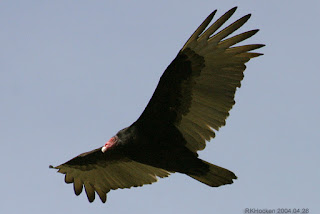Thank you D. Prud'homme for these amazing facts about what is being seen in our nights skies this week!
Venus is once again an evening “star.” You will find
it shining in the west just after sunset. Over the next several weeks
Venus will climb higher in the sky. You can’t miss it, as it is the
brightest object in that part of the sky.
Jupiter is now rising in the east around 10 p.m. If you are up early enough, you can catch it just before it sets in the southwest around 7 a.m. You can’t really mistake Jupiter, since, like Venus, it will be the brightest object low in that part of the sky. On Monday, April 30, a full Moon will be just to the upper right of Jupiter, and the next day further to the left. You will note that Jupiter is bright enough to be easily seen even with the glare of the full Moon.
Mars and Saturn are both rising in the east about 2 a.m., however they are still very nicely visible in the south before the Sun rises. Mars is the brighter of the two, and it is just left of Saturn.
Mars will continue to brighten until mid-summer! Earth’s orbit is closer to the Sun than Mars, so it takes Earth less time to complete one orbit around the Sun (which is the definition of our year). For comparison, Mars’ “year” is 778 days. As Earth “catches up” to Mars, the distance between them goes down until it overtakes Mars, so Mars is actually closer to Earth and shines more brightly. Remember that it is shining because of sunlight reflecting off it.
Saturn and Mars have a similar situation. The distance in the sky between them will increase from morning to morning because Mars’ orbit is much shorter than Saturn’s. The distance between them will clearly increase over the next few weeks, as Mars moves further and further to the left
While you are in that area, look for the bright star that is about the width of your outstretched hand at arm’s length above and slightly left of Mars. That is Altair, the lowest of the three bright stars that make up the so-called Summer Triangle. The other two bright stars are much higher up - Deneb on the left and Vega on the right. Vega, in the constellation Lyra, is the third brightest star visible in the northern hemisphere.
The Moon will be close to Saturn and Mars from May 4-6. On the 4th, the Moon will be just to the right of Saturn; on the 5th, half way between the two of them and just a bit higher; and on the 6th you will find Mars just to the lower right of the Moon.
If you are up in the hour or so before sunrise, look for Mercury low to the eastern horizon. It will be at its best on April 29, and will then rise closer and closer to the Sun, making it harder to see. However, just before 6 a.m. on May 13, you can try to catch a very thin crescent Moon, with Mercury just to its upper left. This will be a challenge with the morning twilight, but a thin crescent can be very pretty, especially since the rest of the disk of the Moon will be slightly lit up from sunlight reflecting off Earth!
Meteor showers
There are two minor meteor showers coming up, both of which might provide a few nice meteors across the sky if you spend a bit of time watching. Remember to dress warmly and view the largest patch of sky you can see with the least light around you.
The first one is this Saturday and Sunday (Apr 21/22). The peak is during the day on Saturday, but Saturday throughout the night or Sunday evening may give you the best possibility of seeing a few. These are the so called Lyrids, as they appear to originate near the constellation Lyra, of which Vega (mentioned above) is its brightest star.
The so-called Eta-Aquarids (originating near the constellation Aquarius) peak about midnight, Friday, May 4. So watching during that night may provide you with a few lovely meteors. There are, however, no guarantees!
In both cases, you don’t need to be able to see the constellation itself, as the meteors may be seen almost anywhere in the sky.
Clear skies.
David


